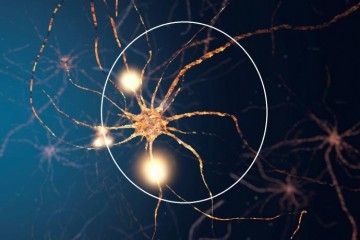CRACK IT Challenge
Neuratect: microfluidic microtiter plates for in vitro neurotoxicity screening

At a glance
In progress
Award date
July 2015 - June 2018
Contract amount
£999,902
Contractor(s)
Sponsor(s)
R
- Replacement
